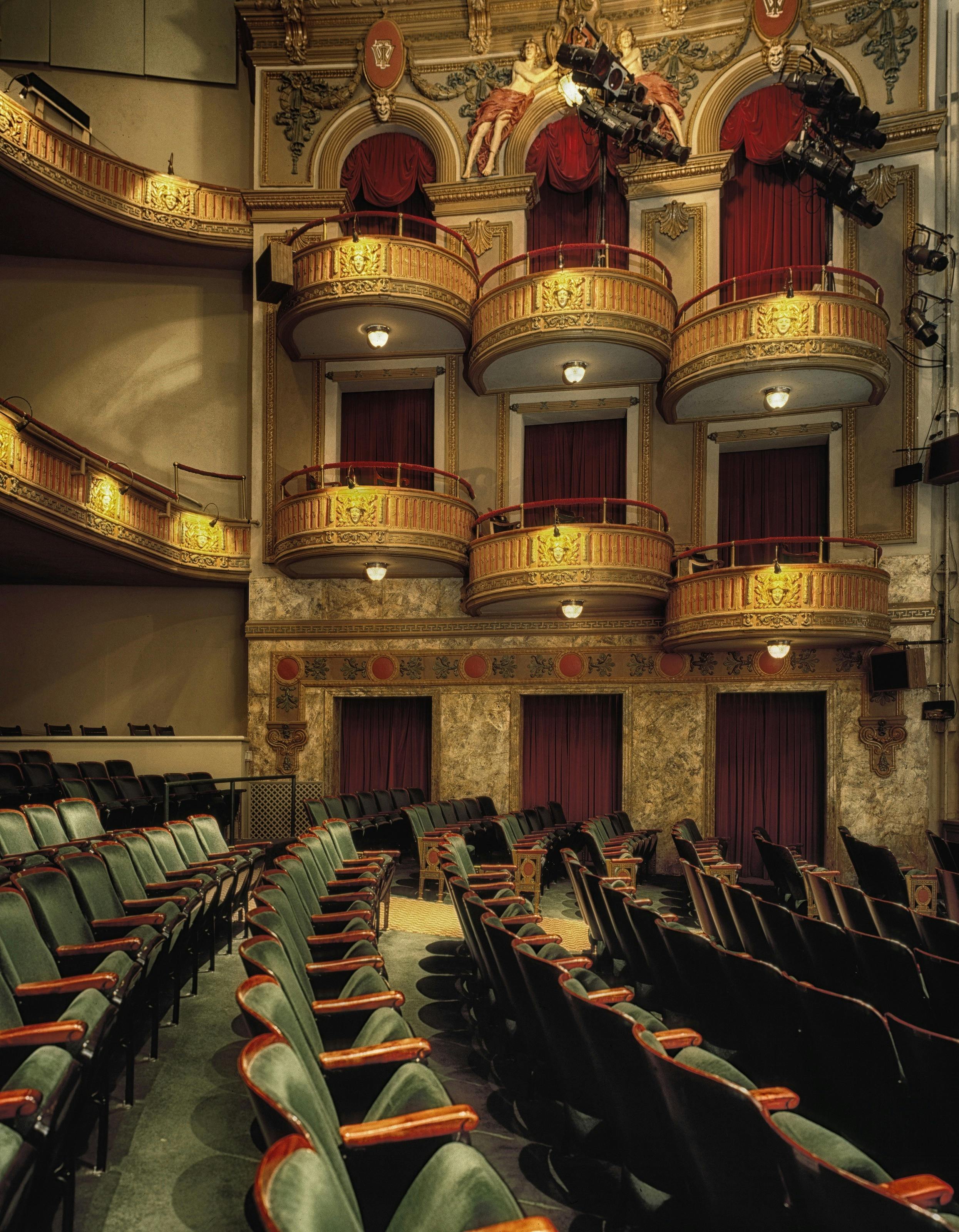Synesthesia in Modern Art: A Sensory Symphony
The world of arts and entertainment is never static. It evolves, adapts, and breathes life into novel concepts that challenge conventional norms. One such fresh perspective is the exploration of synesthesia in modern art—a sensory amalgamation where one kind of sensory input leads to involuntary experiences in another sense. It's a phenomenon where one can 'see' sounds, 'taste' words, or 'feel' colors. This article delves into the historical context, recent developments, and the profound impact of synesthetic art.

The Colorful Tapestry of Synesthetic History
Synesthesia, while a relatively new term, has a rich history intertwined with the arts. Early Greek philosophers hinted at synesthetic experiences, while Romantic poets like Baudelaire and Rimbaud wrote of color-sound associations. The Russian painter Wassily Kandinsky in the early 20th century, widely considered the pioneer of abstract art, was a synesthete who could ‘hear’ colors and ‘see’ music. His radical art was a tangible expression of his synesthetic experiences, steering the course of modern art towards abstraction.
The Symphony Continues: Recent Developments
Modern-day artists continue to experiment with synesthetic art. New York-based artist Melissa McCracken, a synesthete, paints vibrant renditions of what she ‘sees’ when she listens to music. Meanwhile, digital technology has enabled a whole new dimension of synesthetic art. Virtual reality installations, like those by multimedia artist Rachel Zuanon, allow audiences to ‘feel’ colors and ‘hear’ images, providing a truly immersive sensory experience.
The Resounding Impact of Synesthetic Art
Synesthetic art is significant in its ability to blur the boundaries between senses, challenging our perception of reality. It offers a glimpse into the experiences of synesthetes, fostering empathy and understanding. Moreover, it encourages us to explore our sensory perceptions and question the ‘norms’ of sensory experience. Its reception has been largely positive, with critics lauding its innovative approach and audiences appreciating its distinctive sensory appeal.
Synesthesia and the Future of Art
As we move forward, the exploration of synesthesia in art is bound to increase. With advancements in technology, the potential for sensory cross-overs in art is endless. Artistic endeavours could encompass a more comprehensive sensory palette, creating a multi-dimensional experience that transcends traditional boundaries.
Synesthetic art is more than a convergence of senses; it’s a testament to the boundless possibilities of human perception. It challenges us to question, explore, and ultimately, to ‘see’ the world through a different lens. As Kandinsky once said, “Color is a power which directly influences the soul.” Through synesthetic art, we may all learn to appreciate the symphony of our senses and the vibrant ‘colors’ of our souls.




